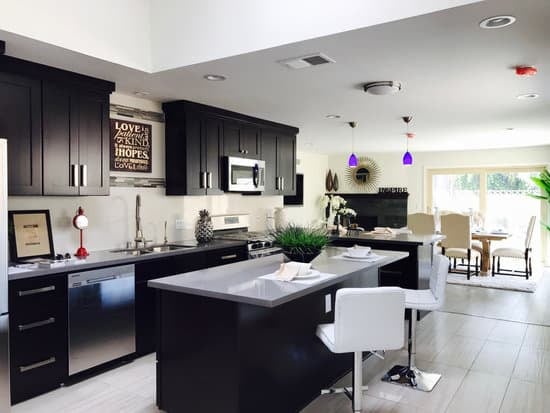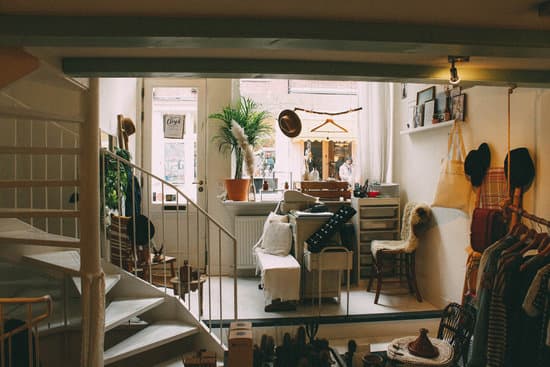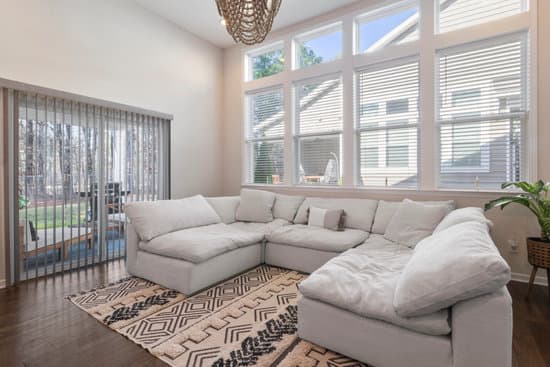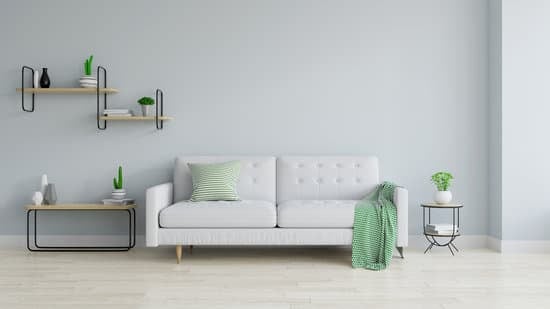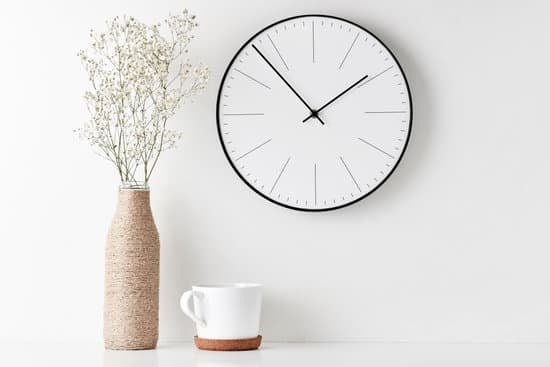Wabi-sabi home decor is a unique, minimalist style that has its roots in Japanese culture. It emphasizes the beauty of raw and natural materials, resulting in a sense of ease and simplicity. Here are some key elements of wabi-sabi home decor:
Imperfection: Wabi-sabi embraces imperfection as a natural part of life. This means that items like rough wooden furniture or chipped ceramics are viewed as beautiful rather than flawed.
Natural materials: Natural materials like wood, stone, and linen are commonly used in wabi-sabi decor. These materials are left in their natural state and often display a sense of wear and tear.
Simplicity: Wabi-sabi decor is all about simplicity. Rooms are uncluttered and unadorned, with only a few carefully selected items on display.
Ease and tranquility: Wabi-sabi is designed to create a sense of ease and tranquility in the home. Soft lighting, muted colors, and natural textures all contribute to this atmosphere.
Overall, wabi-sabi home decor is a beautiful and practical style that emphasizes the beauty of imperfection and natural materials. If you’re looking to create a peaceful and calming home environment, wabi-sabi might be the perfect fit for you.
